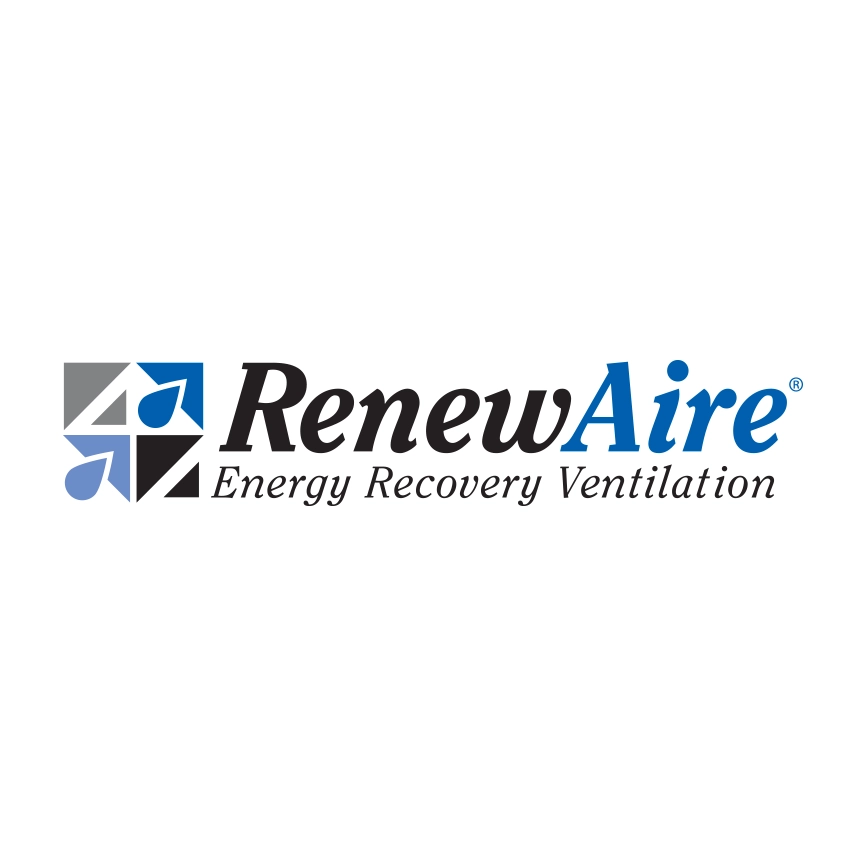The Critical Impact of Indoor Air Quality on Long-Term Care Facility Health
Indoor air quality represents one of the most significant yet often overlooked factors affecting the health and wellbeing of residents in long-term care facilities. With vulnerable populations spending the majority of their time indoors, the air they breathe directly influences their quality of life, health outcomes, and overall comfort. Industry experts emphasize that poor indoor air quality can have devastating consequences, while proper air management creates an environment where residents can thrive.
The Hidden Health Threats of Poor Air Quality
Long-term care facilities face unique challenges when it comes to maintaining healthy indoor environments. Poor ventilation systems, high levels of indoor pollutants, and inadequate air filtration create a perfect storm for health complications among already vulnerable residents.
“The quality of indoor air is paramount in the overall well-being of individuals residing in long-term care facilities,” explains Michael Yerardi, Property Specialist at Turning Point Home Buyers. “Poor air quality from poor ventilation and high levels of indoor pollutants leads to respiratory infection and allergic reactions, and several health problems for occupants.”
The consequences extend far beyond simple discomfort. Contaminated air can trigger respiratory problems, worsen existing conditions like asthma and COPD, and even impair cognitive abilities. For elderly residents or those with compromised immune systems, these effects can be particularly severe, leading to increased hospitalizations and a significant decline in quality of life.
Respiratory Complications and Chronic Disease Management
The relationship between air quality and respiratory health becomes especially critical in long-term care settings. Paul DeMott, Chief Technology Officer at Helium SEO, highlights the serious implications: “Unhealthy air may exacerbate a respiratory problem, cause allergies, and even impair cognitive abilities, which is worrying in the case of older residents or people with pre-existing conditions.”
Residents with chronic conditions face compounded risks. Dust, mold, and various pollutants can trigger breathing difficulties in asthma patients, while those with COPD may experience more frequent and severe episodes. The presence of airborne contaminants can also increase susceptibility to infections such as pneumonia or influenza, conditions that can be life-threatening for elderly residents with weakened immune systems.
The Vulnerability Factor in Care Environments
Long-term care residents represent an especially vulnerable population when it comes to air quality issues. Dorian Menard, Founder and Business Manager at Search Scope, emphasizes this crucial point: “The occupants of these facilities are more susceptible either due to age or predisposing conditions or weak immunes.”
This vulnerability stems from multiple factors. Advanced age naturally weakens immune systems, making residents less capable of fighting off infections that may be transmitted through poor air quality. Pre-existing medical conditions further compromise their ability to cope with environmental stressors. Additionally, the confined nature of care facilities means residents have prolonged exposure to any air quality issues, amplifying their impact over time.
Beyond Respiratory Issues: Comprehensive Health Impact
The effects of poor indoor air quality extend beyond obvious respiratory symptoms. Kira Byrd, Co-Founder & Co-Owner of Curl Centric, notes that “the lack of proper ventilation and the presence of high moisture rates may encourage the increase of dangerous bacteria and viruses, raising the likelihood of disease.”
High humidity levels create breeding grounds for harmful microorganisms, while poor ventilation allows these contaminants to accumulate and circulate throughout the facility. This can lead to widespread illness outbreaks, putting entire resident populations at risk and creating additional strain on already stretched healthcare resources.
The Comfort and Quality of Life Connection
While medical implications often dominate discussions about air quality, the impact on daily comfort and emotional wellbeing is equally important. Nicole Robins, Wedding Planner at Ever After Weddings, brings a unique perspective to this issue: “Air quality may not be on the first place when one thinks about care facilities but it certainly influences the comfort and mood.”
Poor air quality can cause headaches, fatigue, and general discomfort that significantly impacts residents’ daily experiences. When people struggle to breathe comfortably or deal with persistent symptoms from poor air quality, their overall happiness and engagement with activities decline. Creating an environment that feels fresh and comfortable contributes substantially to residents’ mental health and social participation.
Effective Solutions for Better Indoor Air Quality
Addressing indoor air quality challenges requires a comprehensive approach involving multiple strategies and systems. Regular monitoring serves as the foundation for maintaining healthy indoor environments, allowing facility managers to identify and address issues before they become serious health threats.
Proper ventilation systems represent the first line of defense against poor air quality. These systems must be regularly maintained and optimized to ensure adequate air circulation and fresh air intake. Air filtration systems provide an additional layer of protection, removing contaminants and allergens from the indoor environment.
Humidity control plays a crucial role in preventing the growth of mold, bacteria, and viruses. Maintaining optimal humidity levels creates an environment that is both comfortable for residents and inhospitable to harmful microorganisms.
Cleaning Practices and Environmental Management
The choice of cleaning products and techniques significantly impacts indoor air quality. Switching to natural, eco-friendly cleaning solutions reduces the introduction of harmful chemicals into the indoor environment. These products are less likely to trigger allergic reactions or respiratory symptoms while still maintaining the high cleanliness standards essential in healthcare settings.
Regular cleaning schedules that focus on removing dust, allergens, and other particulates help maintain consistently good air quality. This includes attention to often-overlooked areas such as air ducts, ceiling tiles, and carpeted areas where contaminants can accumulate.
The Path Forward: Prioritizing Air Quality in Long-Term Care
The evidence is clear that indoor air quality directly impacts the health, comfort, and quality of life for long-term care residents. Facilities that prioritize air quality management see reduced illness rates, improved resident satisfaction, and better overall health outcomes.
Investment in proper ventilation systems, air filtration technology, and regular monitoring may require upfront costs, but the long-term benefits far outweigh these expenses. Reduced healthcare costs, fewer emergency interventions, and improved resident wellbeing create value that extends beyond simple financial considerations.
As our understanding of indoor air quality’s impact continues to grow, long-term care facilities must recognize that clean, healthy air is not a luxury but a fundamental requirement for providing quality care. By implementing comprehensive air quality management strategies, these facilities can create environments where residents don’t just survive, but truly thrive in their golden years.




